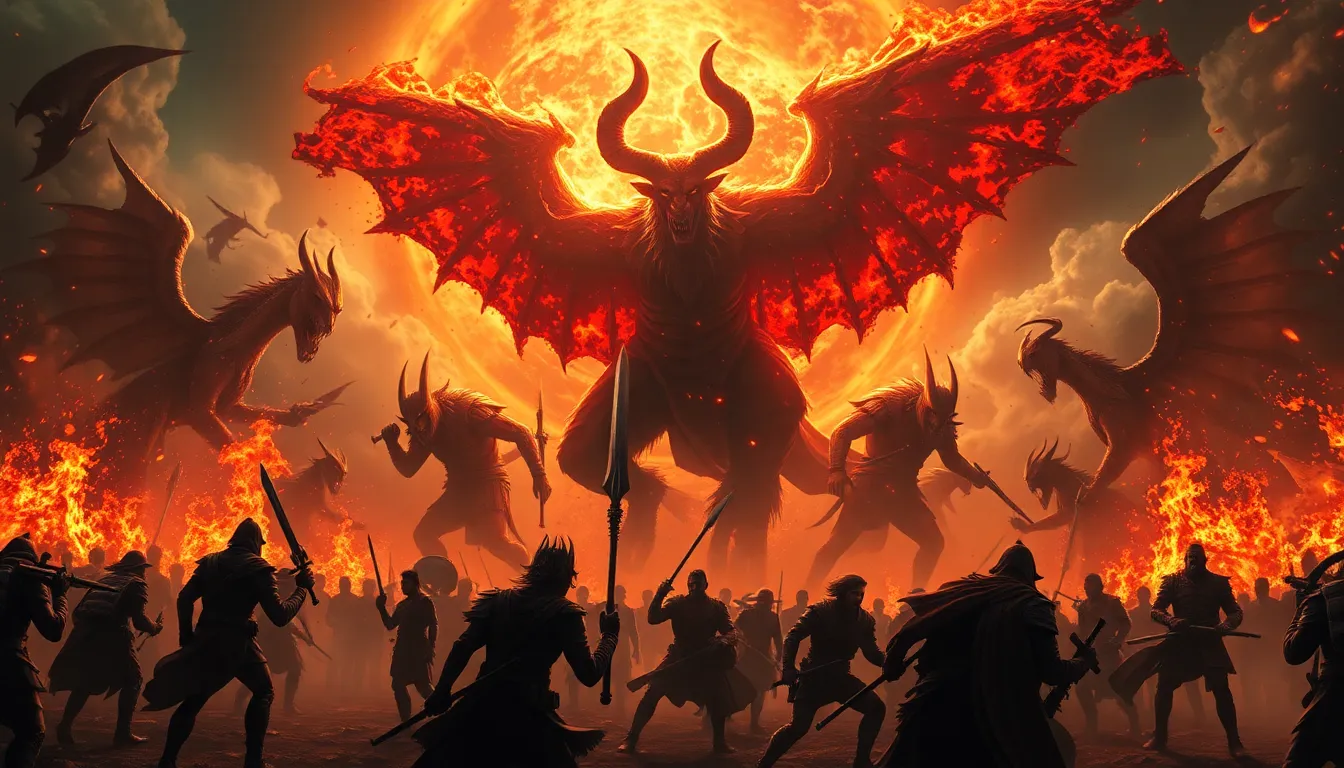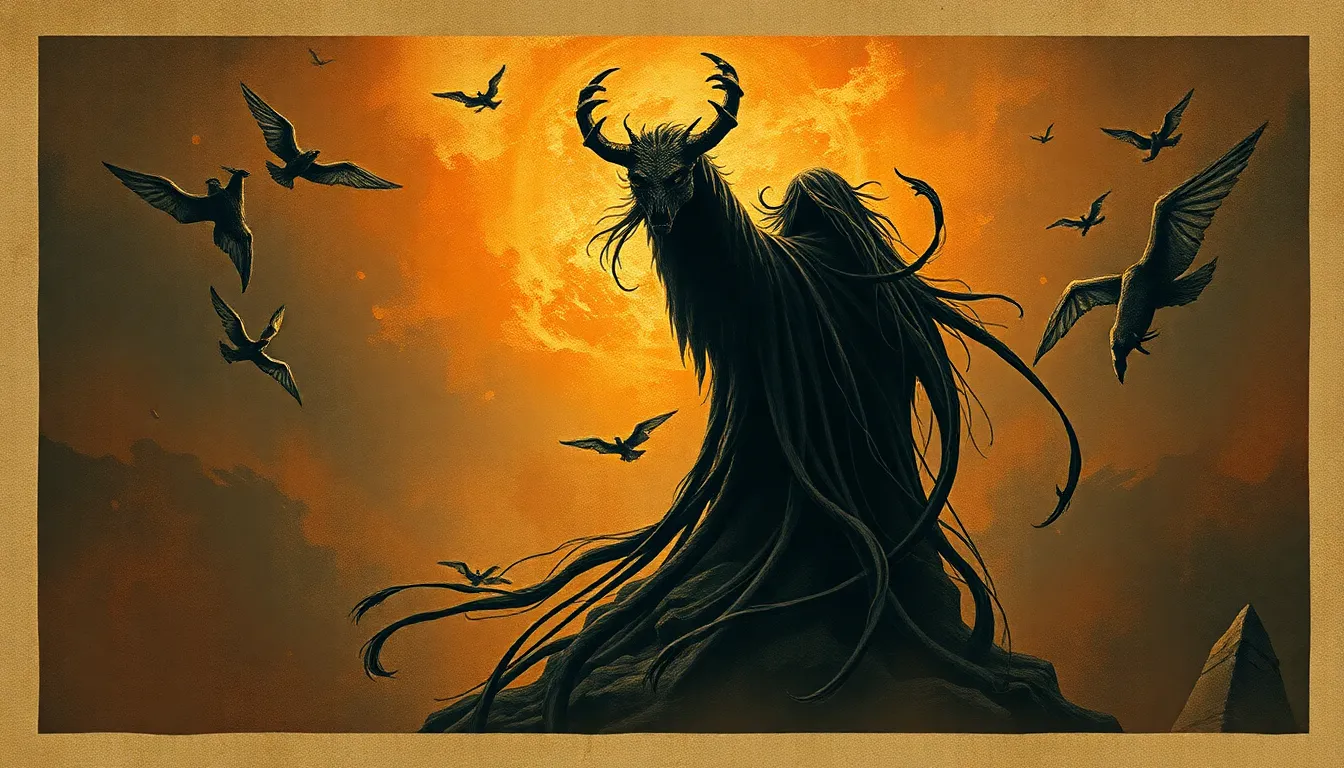Mythical Mayhem: The Most Intense Conflicts in History
Introduction: Unveiling Historical Conflicts
Throughout the annals of time, conflicts have served as pivotal turning points in the development of civilizations. Wars, battles, and skirmishes have not only shaped borders and nations but have also influenced cultures, ideologies, and social structures. The narratives that surround these conflicts often intertwine myth and history, creating a rich tapestry that reflects humanity’s struggles, aspirations, and triumphs.
This article delves into some of history’s most intense conflicts, exploring their historical significance and the myths that have emerged around them. From ancient wars to modern battles, the stories we tell about these events often reveal as much about us as they do about the conflicts themselves.
The Trojan War: Fact or Fiction?
The Trojan War, immortalized in Homer’s epics, is one of history’s most debated conflicts. The tale of Helen’s abduction and the ensuing siege of Troy has captivated audiences for centuries. But how much of this story is rooted in historical fact?
Archaeological findings at the site of ancient Troy have provided evidence suggesting that a conflict may have indeed taken place around the 12th century BCE. While the details of Homer’s narrative—such as the famous wooden horse—are likely embellishments, the existence of a significant conflict over trade routes and power struggles remains plausible.
- Excavations by Heinrich Schliemann in the 19th century revealed layers of destruction.
- Mycenaean artifacts found in the region hint at the presence of Greek warriors.
Thus, the Trojan War stands as a blend of myth and reality, illustrating how stories evolve over time while still being anchored in historical events.
The Clash of Titans: The Persian Wars
The Persian Wars, fought between the Greek city-states and the Persian Empire in the 5th century BCE, were monumental in shaping the identity of Greece. This series of conflicts, including the famous Battle of Marathon, highlighted the importance of unity among the fragmented Greek city-states against a common foe.
The significance of the Persian Wars lies not only in their military outcomes but also in their lasting impact on Greek culture and democracy. The victory at Marathon, in particular, became a symbol of resistance and courage.
- Battle of Marathon: A defining moment for Athenian pride and military strategy.
- Formation of alliances: The Delian League emerged, showcasing Greek unity.
These conflicts fostered a sense of collective identity among the Greeks, setting the stage for the future of Western civilization.
The Hundred Years’ War: A Century of Strife
Spanning from 1337 to 1453, the Hundred Years’ War was a prolonged conflict between England and France that fundamentally altered both nations. This war was marked by significant battles and the emergence of key historical figures, such as Joan of Arc, who became a symbol of French nationalism.
Key battles throughout the conflict, including Agincourt and Crécy, were not just military encounters; they were pivotal moments that influenced the national identities of both England and France.
- Joan of Arc: Her leadership and martyrdom galvanized French forces.
- Impact on feudalism: The war shifted power dynamics and weakened feudal loyalties.
The Hundred Years’ War exemplifies how prolonged conflict can forge national identities and transform societies.
The Viking Age: Raids and Resistance
The Viking Age, spanning from the late 8th to the early 11th centuries, saw Norse seafarers engage in raids across Europe, leaving a lasting impact on the continent. These incursions were not merely acts of pillaging; they also involved settlement and cultural exchange.
The dual nature of Viking conflicts—both as raiders and settlers—demonstrates a complex interaction with the lands they invaded.
- Raiding: Viking longships allowed for swift attacks on coastal towns.
- Settlements: Areas such as Normandy and parts of England became integrated with Norse culture.
The Viking Age reshaped the political and cultural landscape of Europe, blending myth and history in tales of adventure and conquest.
The Crusades: Holy Wars and Their Legacy
The Crusades, a series of religious wars initiated by European Christians to reclaim the Holy Land from Muslim control, spanned several centuries and had profound ramifications. Motivated by faith, economic interests, and a quest for glory, the Crusades were complex events that led to significant cultural exchanges.
While the primary objective was to capture Jerusalem, the Crusades also facilitated interactions between Christians and Muslims that would shape the medieval world.
- Motivations: Religious fervor, economic gain, and the desire for adventure.
- Cultural exchanges: The Crusades introduced new ideas, technologies, and goods between East and West.
The legacy of the Crusades continues to influence perceptions of religious conflict and cultural interactions today.
The American Civil War: A Nation Divided
The American Civil War (1861-1865) was a defining moment in the history of the United States, emerging from deep-seated issues like slavery, states’ rights, and economic disparities. This brutal conflict resulted in significant loss of life and profound societal changes.
Key battles, such as Gettysburg and Antietam, became landmarks in the national consciousness, and figures like Abraham Lincoln and Robert E. Lee were mythologized in the narratives that followed the war.
- Causes: Tensions over slavery and economic differences between the North and South.
- Aftermath: Reconstruction and the long struggle for civil rights.
The Civil War exemplifies how conflicts can shape national identity and the ongoing discourse around race and equality in America.
World War I: The Great War and Its Myths
World War I, often referred to as “The Great War,” was a catastrophic conflict that reshaped the world order. Originating from complex alliances, nationalism, and imperial ambitions, the war led to unprecedented destruction and loss of life.
The myths surrounding WWI are often tied to notions of heroism and sacrifice, influenced heavily by propaganda. The war’s aftermath saw the dissolution of empires and the rise of new nations, forever altering the geopolitical landscape.
- Origins: A web of alliances and rising nationalism contributed to the outbreak.
- Consequences: The Treaty of Versailles and the seeds of future conflicts.
World War I serves as a poignant reminder of the devastating effects of war and the narratives that can arise from such monumental events.
World War II: Conflict on a Global Scale
World War II was a conflict of unprecedented scale, involving multiple nations and resulting in significant geopolitical shifts. Key events, such as the Battle of Britain, D-Day, and the Pacific theater, defined the war’s trajectory and outcomes.
The myths surrounding WWII often focus on themes of heroism, sacrifice, and the struggle against tyranny. These narratives have shaped the collective memory of the war and influenced contemporary views on warfare and peace.
- Key battles: Stalingrad, Midway, and the Normandy landings.
- Post-war narrative: The establishment of the United Nations and the Cold War dynamics.
World War II’s legacy continues to inform discussions about conflict, morality, and the responsibilities of nations in the modern world.
Conclusion: The Enduring Legacy of Mythical Mayhem
As we reflect on these historical conflicts, it becomes clear that they have left an indelible mark on the fabric of society. The interplay between myth and reality in warfare offers valuable insights into human nature, societal values, and the complexities of conflict.




